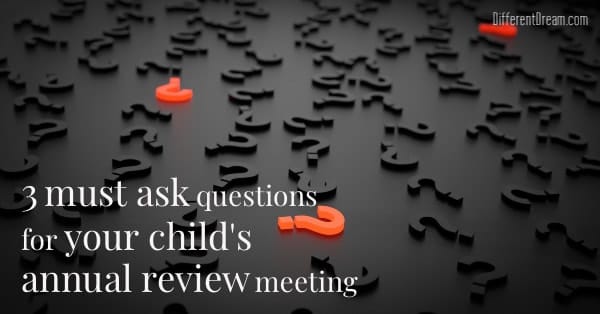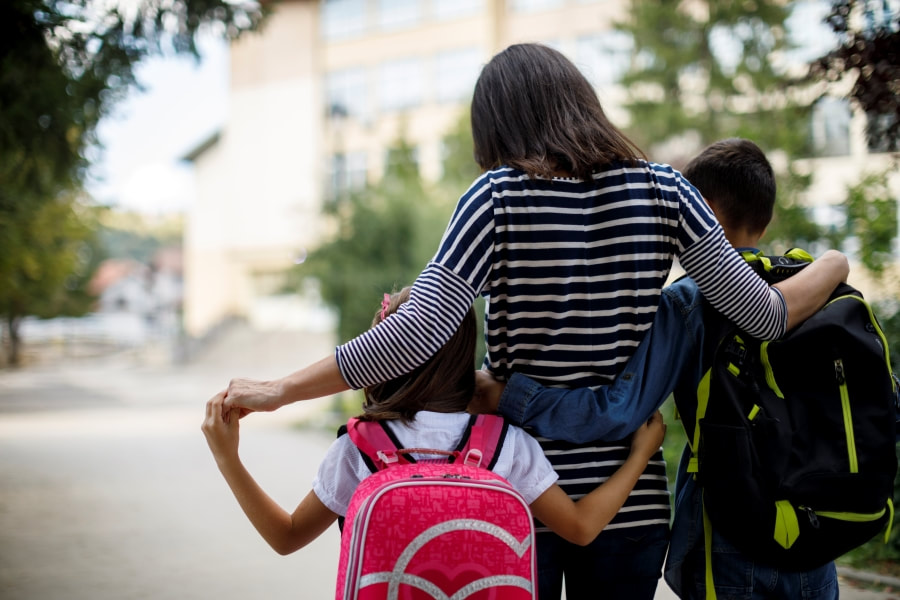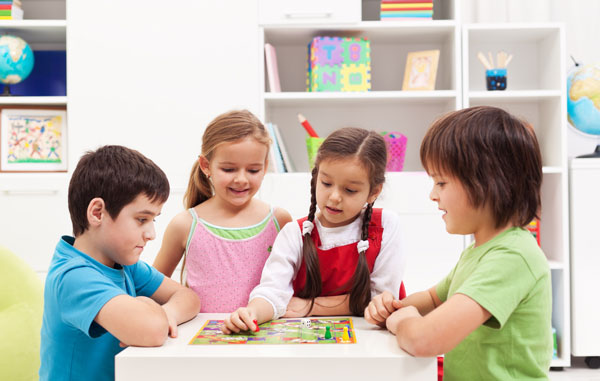Freshly sharpened pencils, pointy clean crayons, freshly waxed floors in the classroom, and an excitement for all that is new! Even homework can be exciting within the first two weeks of school, and then the boredom and resistance kicks in.
If your house is anything like mine, week three of the school year marks the official end of the honeymoon period, and the disenchantment with the school year begins.
In an effort to nurture the enthusiasm and keep the summer vibe going, I have a few strategies to help your children get through homework quickly, and hopefully, painlessly for you!
Break Time
Once our kids get home from school, they have been “on” for hours. They have been trying to pay attention, follow directions, interact with their friends, problem solve, defend, and find a break since they saw you in the morning.
Many of our kids, especially those with Sensory Processing Disorders, Anxiety, and Attention Deficit Hyperactivity Disorder (ADHD), just need a break. For some kids, they want to dive into their homework and get it done.
There is no right way to do this – it’s about preference. In my home, my son needs a 30-45 minute break. My daughter likes to get her homework done as soon as she walks in through the door. So, we set a timer – whether using Alexa, your microwave, or your good ole fashioned egg timer. Set it, and when it rings, break time is over.
Whichever option you choose, keep it consistent from day to day with the routine of taking a break first or not and starting homework at the same time.
Assess It
When our kids think about homework, the sheer volume or multiple steps of it can be overwhelming and will lead to resistance, tears, and meltdowns. In an effort to avoid that, ask your child, “What’s for homework tonight?”
Get into the routine of going over the night’s assignments and tasks – from required signatures on permission slips, studying for a quiz, or reading a chapter in a book. Write it all down. Then, assess: what do I want to finish first? The easiest or the hardest assignment? The quickest or the longest assignment?
Make that decision for the night and then number assignments in the order for them to be completed. As your child completes items from the list, cross them off; don’t erase, but rather cross off. As more gets done, your child’s sense of accomplishment and the “I can” factor becomes stronger and homework becomes do-able rather than painful.
Build in Down Time
By the time your child gets through the school day, homework, and activities, they are in need of a break. Make sure to build in down time each night so that your child has a chance to decompress and come down from the day.
This is the time when it’s okay to play on the computer, video games, or iPad. The time can be limited to 30, 45, or 60 minutes – and screen time should not be the last thing that your child looks at before bed. Reading a book, working on a puzzle, or another quiet activity is best to give your child’s body the signal that the day is over and it’s time to quiet down for bed.
My philosophy has always been “work hard, play hard,” and the students I work with are surprised when I tell them, “I would like for you to get your work done as quickly as you can so that you can have your down time.”
Down time is not a luxury, but rather a necessity for our children and for us, as their parents. Unfortunately, we are stuck in the routine of run, run, run – and then sleep. Our sleep is not restful and our minds are still running even though our bodies have technically stopped.
With the new school year upon us, I hope these strategies bring you some comfort that homework does not have to be a struggle. Set up a new plan with your child or children and use it consistently throughout the month of September.
Assess at the end of the month – if certain aspects are not working, change them. If certain routines are keeping you sane, keep using them.
The key is consistency and assessing what is and is not working. When your child is old enough, have him set up this plan with you, and reassess together.
In the meantime, enjoy the rest of the summer – watch a sunset, feel the sand between your toes, walk barefoot in the grass, and let the sun shine on your face!










